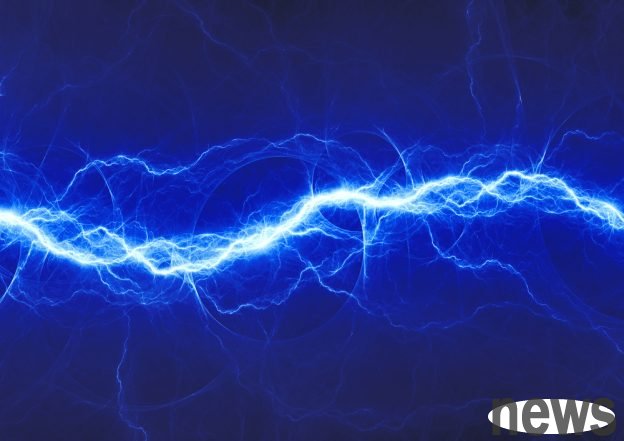
Scientists recently discovered that tiny magnetic waves can generate electrical signals inside materials. This breakthrough discovery may revolutionize computing efficiency and lead to the development of ultra-fast, low-energy chips that seamlessly combine magnetic and electrical systems. Engineers from the University of Delaware published theoretical research in the Proceedings of the National Academy of Sciences showing that magnons, magnetic oscillators that move through materials, can produce detectable signals. This research reveals potential ways to control magnons with electric fields, and future computer architectures may combine electrical and magnetic systems, paving the way for faster and more energy-efficient chips.
Magnetism arises from electrons, tiny particles that orbit the nucleus of an atom and possess a property called spin, which can point up or down. In ferromagnetic materials such as iron, the spins align in the same direction, thereby generating a magnetic field. "Imagine that there's a spring connecting all these spins," said Matthew Doty, a professor in the Department of Materials Science and Engineering at the University of Delaware. "If I deflect one spin, it's like pulling on the spring, the next spin will deflect, and so on."
In current computer chips, information is transmitted by moving electrons, but the electronic process encounters resistance and releases heat. In contrast, magnetons transmit data through changes in spin direction and lose less energy when transporting information.
▲ Professor Matt Doty and postdoctoral researcher D. Quang To discuss their research results. (Source: University of Delaware)
Research focuses on antiferromagnetic materials, in which electron spins alternately align upward and downward. These materials are particularly attractive for computing because the magnetons in them can move at megahertz frequencies, about a thousand times faster than standard ferromagnetic materials. However, detecting and controlling these magnetons has been a challenge because their opposing spins cancel each other out.
To further investigate, CHARM postdoctoral researcher D. Quang To and colleagues used advanced computer simulations to study the behavior of magnons in antiferromagnetic materials. They unexpectedly discovered that moving magnetons can generate electrical signals. "The results predict that we can detect magnons by measuring the electric polarization they produce," Doty said.
The research team also explored how magnons move from hot to cold regions when one side of the material is heated higher than the other, and how the magnon's orbital angular momentum affects its overall behavior. "We developed a mathematical framework to understand how orbital angular momentum contributes to magneton transport," To said.
The University of Delaware team is currently conducting experiments to test their theoretical predictions and plans to study the interaction of magnons with light to determine whether the orbital angular momentum of light can be used to guide or detect the movement of magnons, a step that may bring energy-saving ultra-fast computing closer to reality. This research not only brings new opportunities for spintronics and quantum computing, but also responds to the urgent global demand for high-performance, low-energy-consumption chips.
This Magnetic Discovery Could Be the Key to Ultrafast, Low-Energy Chips